Discovering the Beauty of Kintsugi
In today’s world of disposable products and quick replacements, the Japanese art of Kintsugi (金継ぎ) stands as a profound counterpoint. This centuries-old practice of repairing broken pottery with gold-infused lacquer doesn’t just fix damaged items—it transforms them into something more beautiful, more valuable, and more meaningful than before.
For visitors to Japan seeking authentic cultural experiences beyond the typical tourist attractions, participating in a Kintsugi workshop offers a hands-on encounter with a practice that embodies core Japanese philosophical principles and aesthetic values. This traditional craft experience has become increasingly popular among international travelers looking to bring home not just souvenirs, but meaningful skills and perspectives.
In this guide, we’ll explore everything you need to know about finding and enjoying Kintsugi experiences in Japan, from beginner-friendly workshops in Tokyo to immersive multi-day courses with master craftsmen.
What Is Kintsugi? Understanding the Golden Joinery
Kintsugi, which translates literally as “golden joinery” or “golden repair,” is the Japanese art of repairing broken pottery by mending the areas of breakage with lacquer dusted or mixed with powdered gold, silver, or platinum. The philosophy behind this technique treats breakage and repair as part of the history of an object, rather than something to disguise or hide.
The History and Philosophy of Kintsugi
Dating back to the late 15th century, Kintsugi is believed to have originated when Japanese shogun Ashikaga Yoshimasa sent a damaged Chinese tea bowl back to China for repairs. When it returned mended with unsightly metal staples, Japanese craftsmen sought to find a more aesthetic solution, leading to the development of Kintsugi.
The practice is deeply connected to several Japanese philosophical concepts:
- Wabi-sabi – Finding beauty in imperfection and accepting the natural cycle of growth and decay
- Mottainai – A sense of regret concerning waste, or the concept that objects have value and should not be discarded casually
- Mushin – The acceptance of change and the importance of non-attachment
In a world increasingly dominated by perfectionism and disposability, Kintsugi offers a refreshing alternative worldview—one that celebrates flaws, honors history, and finds beauty in the journey of repair and renewal.
The Traditional Kintsugi Process
While modern Kintsugi workshops often use simplified techniques and materials for beginners, traditional Kintsugi is a complex, multi-stage process that can take weeks or even months to complete:
- Joining – Carefully aligning broken pieces using traditional Japanese lacquer called urushi
- Reinforcing – Adding additional layers of lacquer to strengthen the bond
- Surfacing – Applying a final layer of lacquer to create a smooth surface
- Finishing – Adding gold, silver, or platinum powder while the final layer is still wet
- Polishing – Carefully polishing the metal to achieve the desired luster
Traditional Materials
Authentic Kintsugi uses several specialized materials:
- Urushi – Japanese lacquer derived from the sap of the urushi tree (Toxicodendron vernicifluum), which hardens when exposed to moisture and air
- Tonoko – A fine clay powder used to create the base for repairs
- Mugi-urushi – A mixture of wheat flour and urushi used for joining pieces
- Gold, silver, or platinum powder – Used in different grades depending on the desired effect
It’s worth noting that traditional urushi can cause allergic reactions in some people, which is why many modern workshops use alternative materials for tourists and beginners.
Types of Kintsugi Workshops for Visitors
For visitors to Japan, several types of Kintsugi experiences are available, ranging from quick introductory sessions to comprehensive courses:
Beginner-Friendly Workshop Experiences (2-3 hours)
These workshops are perfect for first-time visitors with limited time in Japan. Typically located in major tourist areas like Tokyo, Kyoto, and Osaka, these sessions offer:
- An introduction to Kintsugi history and philosophy
- Hands-on practice using simplified techniques and non-toxic materials
- A pre-broken piece of pottery to repair and take home
- English-speaking instructors
Cost: ¥3,000-¥8,000 ($20-$55) per person (rates typically apply for group workshops of 5-10 participants)
Intermediate Workshops (Full Day)
For those with more time and interest, full-day workshops provide:
- More detailed instruction on traditional techniques
- Work with higher-quality materials (sometimes including real gold)
- Opportunity to repair personal items
- Smaller class sizes with more individual attention
Cost: ¥12,000-¥25,000 ($80-$170) per person (pricing based on group workshop settings of 4-8 participants)
Immersive Experiences (Multiple Days)
For serious enthusiasts, some studios offer multi-day courses that cover:
- Traditional techniques using authentic materials
- Multiple repair methods (crack, chip, missing piece)
- Cultural context through visits to museums or collections
- Meals and cultural activities with the instructor
Cost: ¥50,000-¥150,000 ($350-$1,000) per person depending on duration and inclusions (typically for small groups of 2-6 participants; private sessions may cost more)
Top Locations for Kintsugi Experiences in Japan
Tokyo
As Japan’s largest city, Tokyo offers the widest range of Kintsugi workshops catering to foreign visitors:
- The Kintsugi Studio Tokyo – English-friendly workshops in the heart of the city
- Tokyo Craft Room – Regular beginner sessions with materials included
- Risho Studio – More traditional approach with some English support
Kyoto
Known as Japan’s cultural capital, Kyoto offers more traditional Kintsugi experiences:
- Urushi Kobo Kyoto – Located in a traditional machiya townhouse
- Kuge Crafts – Family-run studio with generations of experience
- Kyoto Handicraft Center – Accessible introduction for tourists
Kanazawa
This historic city, famous for gold leaf production, offers unique Kintsugi experiences:
- Kanazawa Yasue Gold Leaf Museum – Workshops connecting gold leaf and Kintsugi
- Urushi Museum – Deep dive into traditional lacquer techniques
What to Expect During a Kintsugi Workshop
Typical Workshop Format
While every workshop is different, most follow a similar structure:
- Introduction – Background on Kintsugi history, philosophy, and techniques
- Demonstration – Instructor shows the basic techniques
- Practice – Hands-on work with guidance from the instructor
- Completion – Finishing touches and drying/curing instructions
Materials Provided
Most tourist-oriented workshops provide everything needed:
- Pre-broken pottery (cups, small plates, etc.)
- Epoxy or substitute lacquer
- Gold powder or substitute
- Tools for application
- Protective materials for clothing
What to Bring
Consider bringing these items to enhance your experience:
- A personal broken item (if the workshop allows)
- Comfortable clothes you don’t mind getting dirty
- Reading glasses if you need them for detailed work
- A camera (if photography is permitted)
- A notebook for recording techniques and insights
Modern Adaptations and Simplified Techniques
While traditional Kintsugi is time-consuming and requires specialized materials, modern workshops have developed accessible alternatives:
Modern Materials
- Epoxy resin – Replaces toxic urushi and dries much faster
- Mica powder – Often used instead of real gold
- Pre-mixed gold epoxy – Simplifies the process for beginners
Simplified Techniques
Tourist workshops often teach modified approaches that can be completed in a single session:
- One-step repair – Applying gold-mixed epoxy directly
- Visible mending – Focusing on decorative rather than structural aspects
- Dry assembly – Pre-fitting pieces before applying adhesive
While purists might argue these adaptations aren’t “true” Kintsugi, they make this beautiful art form accessible to visitors and help spread its philosophical principles worldwide.
Bringing Kintsugi Philosophy Home
Beyond the physical practice of repairing pottery, Kintsugi offers valuable philosophical lessons that visitors can incorporate into their daily lives:
Embracing Imperfection
In a culture obsessed with flawlessness, Kintsugi reminds us that cracks, breaks, and flaws can become our most interesting features. This perspective can be particularly transformative in how we view ourselves and others.
Finding Value in Repair
In our throwaway society, Kintsugi encourages us to see the process of mending as valuable—not just economically, but emotionally and aesthetically. This mindset promotes sustainability and mindful consumption.
Honoring History and Experience
By making repairs visible rather than hidden, Kintsugi celebrates the history of an object. Similarly, we can learn to honor our own histories—including difficult experiences—as valuable parts of who we are.
Practicing Patience
Traditional Kintsugi requires weeks of waiting between stages. In our instant-gratification world, this practice teaches the value of patience and careful attention—qualities increasingly rare and precious.
Tips for Planning Your Kintsugi Experience
When to Book
Popular Kintsugi workshops often book out weeks or months in advance, especially during peak tourist seasons (cherry blossom spring and autumn leaves). Book at least a month ahead for the best selection.
Language Considerations
While many tourist-oriented workshops offer English instruction, the most traditional experiences may have limited English support. Check language options carefully when booking, or consider hiring a translator for more immersive experiences.
Bringing Personal Items
If you wish to repair a personal item, contact the workshop in advance to confirm they can accommodate this and ask about any restrictions (size, material, etc.). Be aware that if you’re working with real urushi, you won’t be able to take your item home immediately as it requires weeks to cure properly.
Allergies and Sensitivities
Traditional urushi is derived from the same family of plants as poison ivy and can cause skin reactions in sensitive individuals. If you have known allergies to urushiol, opt for workshops that use alternative materials or bring protective gloves.
The Growing Global Appeal of Kintsugi
In recent years, Kintsugi has transcended its Japanese origins to become a global phenomenon. Its philosophy has inspired art exhibitions, psychology practices, and even business models around the world. As our lives become increasingly digital and perfect-seeming, the tangible, imperfect beauty of Kintsugi offers a refreshing counterpoint.
Participating in a Kintsugi workshop while in Japan provides not just an enjoyable craft experience, but a window into a philosophical tradition that can transform how we see the world. By learning to repair broken pottery with gold, we metaphorically learn to embrace our own breaks and imperfections—finding beauty in the very places we might otherwise try to hide.
Whether you’re drawn to Kintsugi for its aesthetic appeal, cultural significance, or philosophical depth, this unique Japanese craft experience offers something meaningful to take home beyond the typical tourist souvenirs. In a world that often values the new over the repaired and perfect over the flawed, Kintsugi reminds us that our breaks and repairs are not something to disguise—they’re something to highlight with gold.
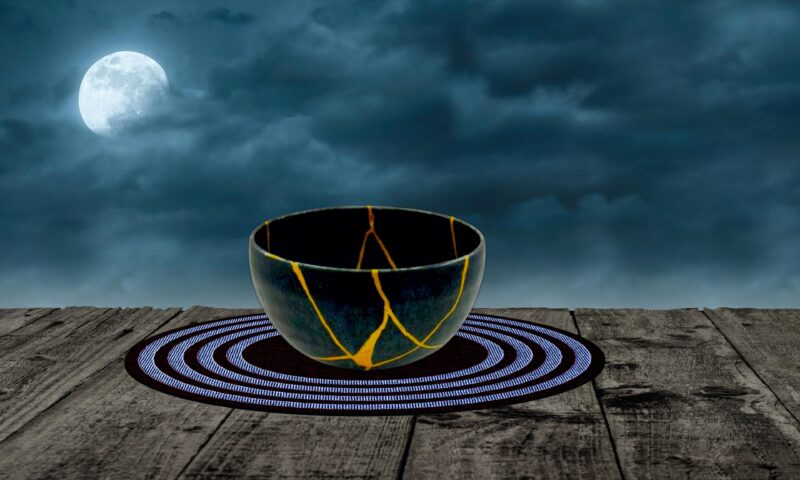
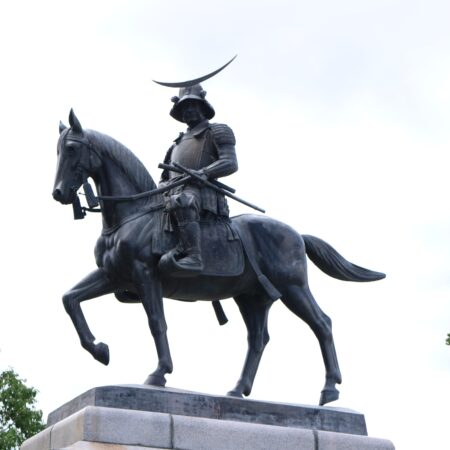
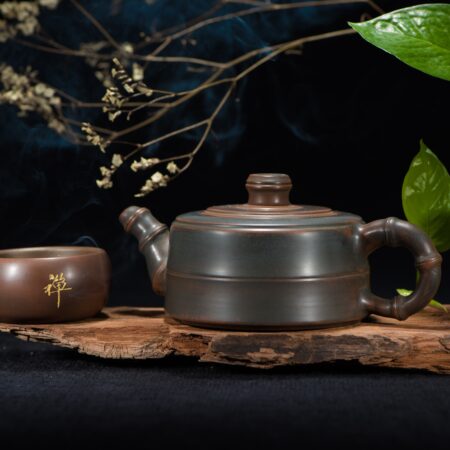
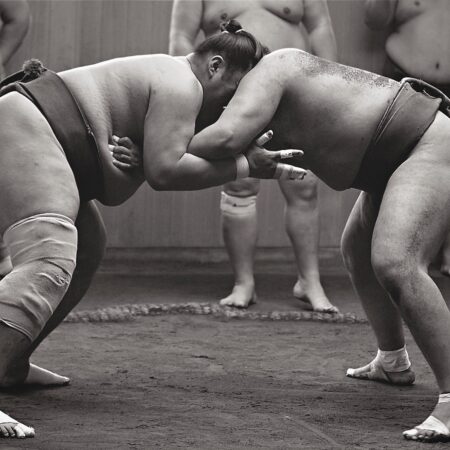

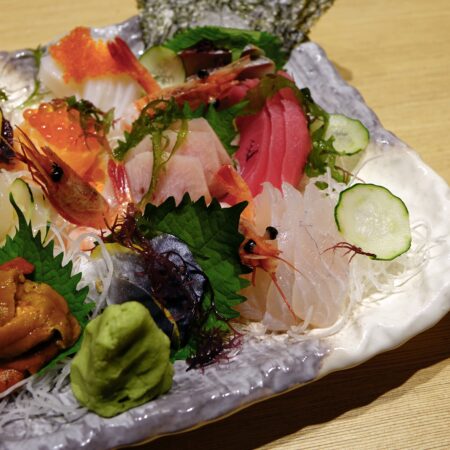
コメント